There’s nothing more frustrating for homeowners and garden enthusiasts than putting time, effort, and money into maintaining a lush, green lawn—only to see it invaded by crabgrass. This fast-growing annual weed thrives in thin, dry patches of soil, spreading like wildfire and quickly choking out healthy turf. The worst part? If not dealt with correctly, your attempt to kill crabgrass could damage the very grass you’re trying to protect.
But don’t worry—you don’t have to choose between weed control and lawn health. In this article, we’ll explore safe, effective, and proven methods for killing crabgrass without harming your lawn, so you can enjoy a healthy, weed-free yard all season long.
What is Crabgrass?
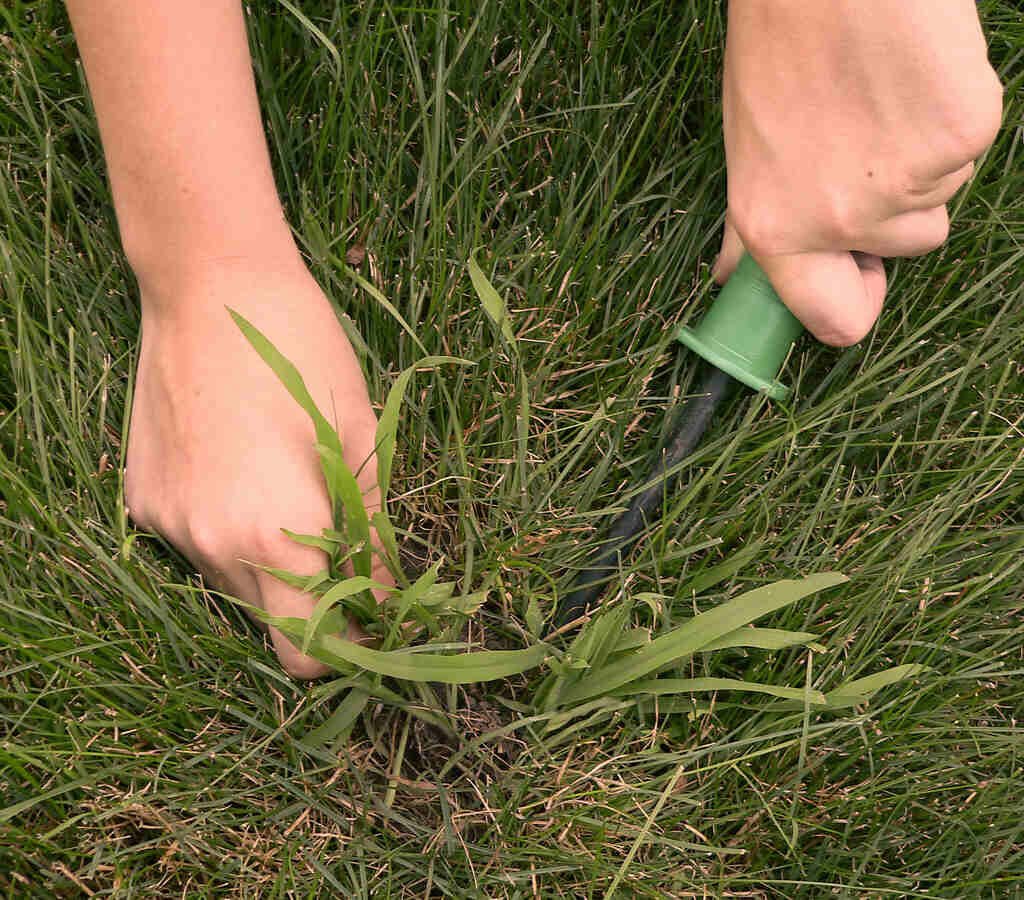
Crabgrass is a warm-season annual weed that typically germinates in late spring and thrives throughout the hot summer months. There are several types, but the two most common are:
- Smooth crabgrass (Digitaria ischaemum)
- Large crabgrass (Digitaria sanguinalis)
Crabgrass gets its name from its sprawling, crab-like growth pattern. Unlike desirable grasses that grow vertically, crabgrass grows low and spreads outward in a circular fashion, smothering nearby turf.
Crabgrass dies with the first frost, but by then it’s usually dropped thousands of seeds, setting the stage for a bigger infestation the following year.
Why Crabgrass Is a Problem
- Aggressive growth: It quickly takes over weak or bare patches.
- Crowds out turfgrass: Competes for water, nutrients, and sunlight.
- Unsightly appearance: Has a coarse texture and irregular shape that disrupts the smooth look of your lawn.
- Annual cycle: Returns every year from seeds unless addressed.
The key to controlling crabgrass is understanding its life cycle and attacking it at the right time, using methods that target the weed—not your lawn.
1. Use a Pre-Emergent Herbicide in Early Spring
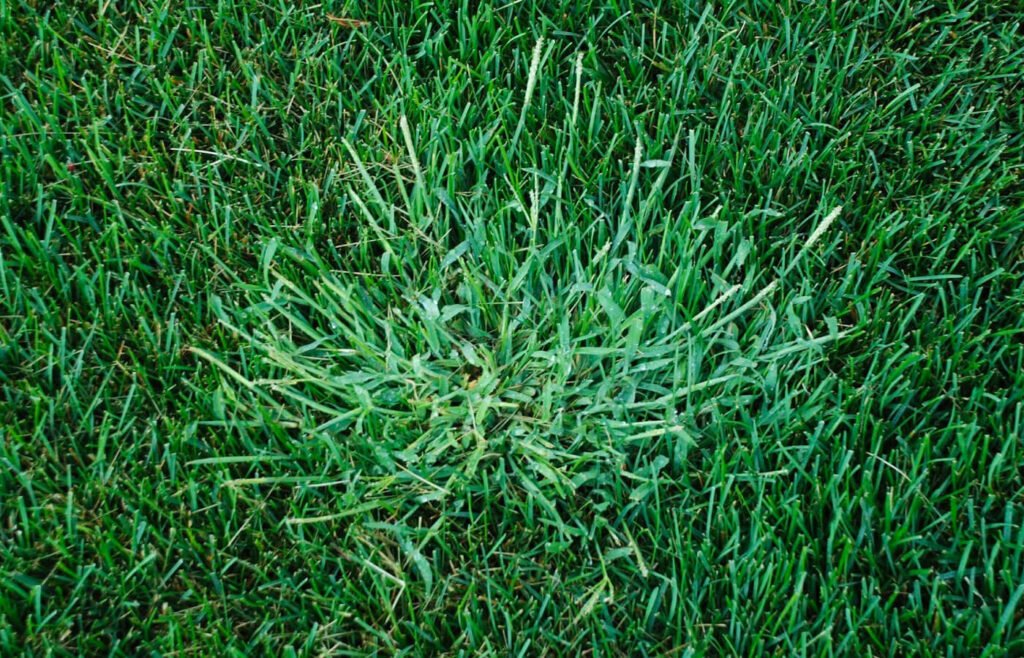
What It Does:
Pre-emergent herbicides stop crabgrass seeds from germinating, making them one of the most effective and lawn-safe tools in your arsenal.
When to Apply:
- Apply in early spring, just before soil temperatures reach 55°F (13°C)—the temperature at which crabgrass seeds begin to germinate.
- This usually coincides with forsythia blooming or when dogwood trees start to bud.
How to Apply:
- Mow your lawn before application.
- Apply granular pre-emergent with a broadcast spreader.
- Water lightly after application to activate the herbicide.
- Avoid aerating or disturbing the soil afterward, as this can reduce effectiveness.
Best Pre-Emergents for Crabgrass:
- Prodiamine
- Dithiopyr
- Pendimethalin
Important: Pre-emergents will also block desirable grass seed, so don’t use it if you plan to reseed your lawn immediately after.
2. Hand-Pull Small Infestations Early
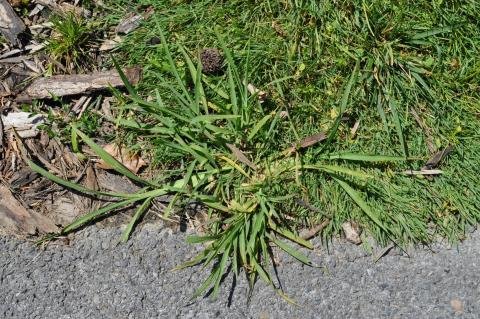
For small patches of crabgrass or early outbreaks, manual removal is effective and 100% safe for your lawn.
How to Pull Crabgrass Properly:
- Water the area lightly to soften the soil.
- Use a weeding tool or garden knife to remove the entire plant, including the root.
- Dispose of the pulled weed in the trash—not your compost pile, as seeds can survive.
Tip: Early removal (when the plant is small and before it seeds) greatly reduces next year’s population.
3. Use a Post-Emergent Herbicide—Carefully
If crabgrass has already sprouted and grown past the early stages, use a selective post-emergent herbicide that targets crabgrass without killing your turfgrass.
When to Use:
- Best used early in the crabgrass growing stage (2–4 leaf stage).
- Use in summer, when the weed is actively growing.
Safe Post-Emergent Options:
- Quinclorac (safe on most cool-season grasses like fescue, bluegrass, rye)
- Fenoxaprop (effective for cool-season lawns)
- Mesotrione (controls both crabgrass and broadleaf weeds)
Application Tips:
- Apply during dry weather when no rain is forecast for at least 24 hours.
- Avoid mowing right before or after application—wait 2–3 days.
- Use a sprayer for targeted control to avoid harming good grass.
Caution: Some post-emergents can damage St. Augustine, Centipede, or Bermuda grass—check the label carefully for grass-type compatibility.
4. Improve Lawn Health to Crowd Out Weeds
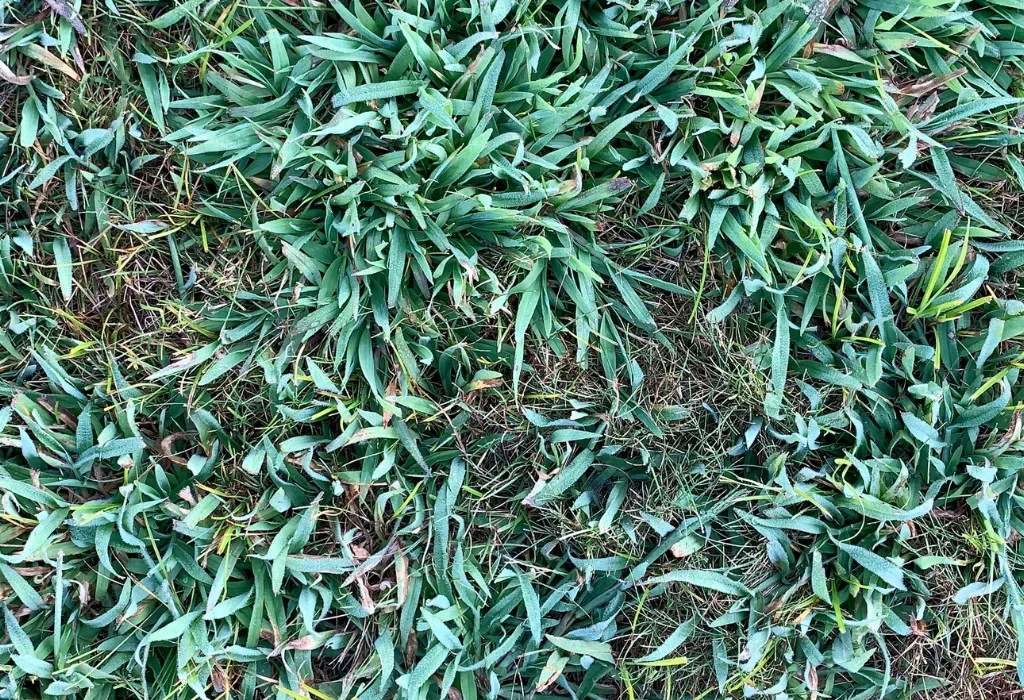
Crabgrass loves thin, bare, or undernourished areas of your lawn. One of the most effective long-term solutions is to grow thicker, healthier turf so crabgrass has no room to take hold.
Key Lawn Care Practices:
Mow High
- Keep grass at 3–4 inches tall.
- Taller grass shades the soil, making it harder for crabgrass seeds to germinate.
Fertilize Properly
- Use a balanced slow-release fertilizer in spring and fall.
- Avoid over-fertilizing in summer, which can stress grass and encourage weeds.
Water Deeply and Infrequently
- Encourage deep root growth with 1 inch of water per week.
- Water in the early morning to avoid fungal issues.
Aerate Compacted Soil
- Aeration allows nutrients, water, and air to reach roots.
- Helps break up hard soil where crabgrass thrives.
Overseed Thin Areas
- Fill in bare patches in early fall or spring.
- Choose high-quality grass seed suited to your climate.
Healthy turf is your best defense—a dense, vigorous lawn naturally prevents crabgrass from establishing.
5. Try Natural Alternatives for Organic Lawns
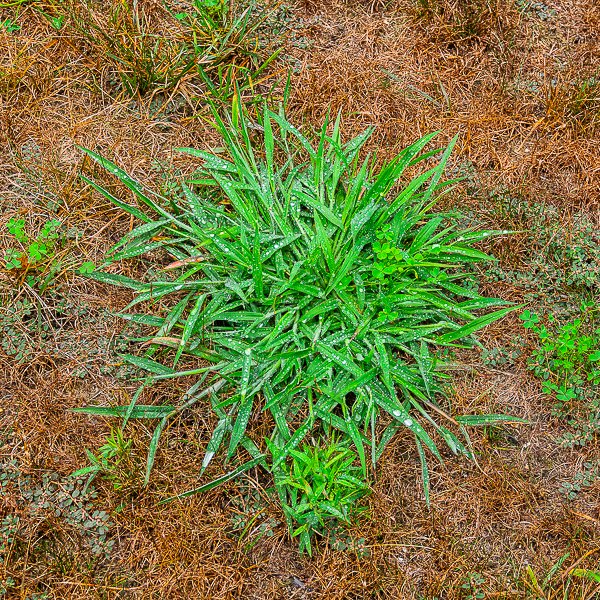
If you’re maintaining an organic or pesticide-free lawn, there are natural ways to suppress crabgrass—though they may require more persistence.
Natural Solutions:
Corn Gluten Meal
- A natural pre-emergent that inhibits seed germination.
- Apply in early spring at a rate of 20 lbs per 1,000 sq. ft.
- Also adds nitrogen to your soil.
Note: Effectiveness varies and may take 2–3 years for significant control.
Vinegar Spray (Acetic Acid)
- Mix white vinegar (20% horticultural vinegar) with water and a drop of dish soap.
- Spray directly on young crabgrass.
- Be cautious—it kills anything it touches, including grass.
Boiling Water
- For spot-treating cracks, driveways, or walkways.
- Not suitable for use within a healthy lawn.
Natural methods work best on young, isolated crabgrass, not widespread infestations.
What NOT to Do
- Don’t scalping the lawn: Cutting grass too short encourages weed invasion.
- Don’t apply herbicides in extreme heat: Can stress grass and cause burning.
- Don’t ignore small patches: One crabgrass plant can produce over 150,000 seeds in one season.
Crabgrass Prevention Calendar
| Season | Action |
|---|---|
| Early Spring (Mar–Apr) | Apply pre-emergent herbicide before soil reaches 55°F |
| Late Spring (May) | Monitor for early crabgrass sprouts; start hand-pulling |
| Summer (Jun–Aug) | Use post-emergents on visible crabgrass; mow high; water deeply |
| Early Fall (Sep) | Overseed thin areas; fertilize lawn |
| Late Fall (Oct–Nov) | Apply final fertilizer application to strengthen roots |
Conclusion
Crabgrass may be stubborn, but it’s not unbeatable. The key to controlling it effectively—and without damaging your lawn—is to take a multi-faceted approach:
- Prevent it with timely pre-emergents.
- Control it with selective post-emergents.
- Outcompete it with dense, healthy grass.
- Treat naturally when possible for long-term sustainability.
By understanding crabgrass’s habits and life cycle, you can confidently protect your lawn from invasion and enjoy a thick, weed-free yard that looks great all year round.
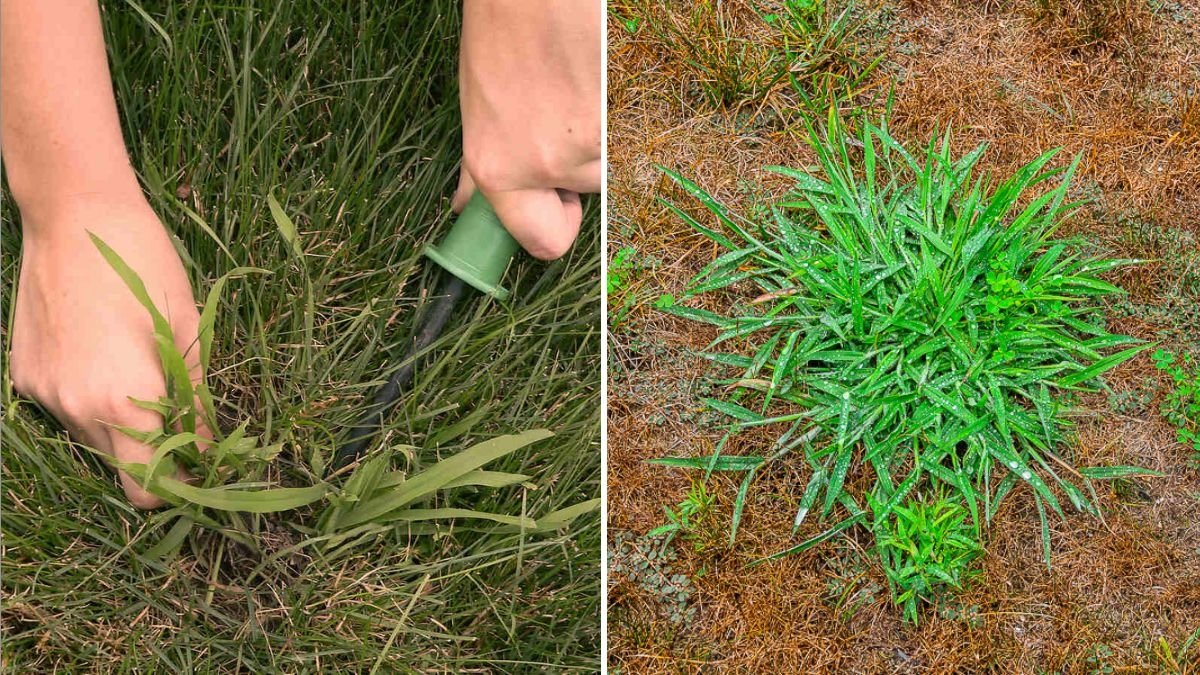
Leave A Comment